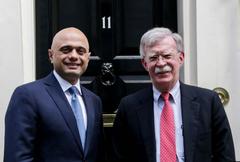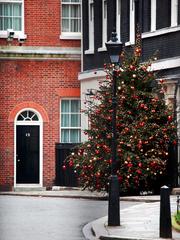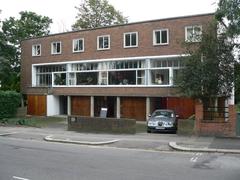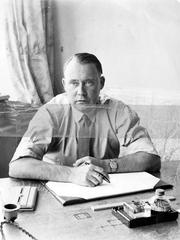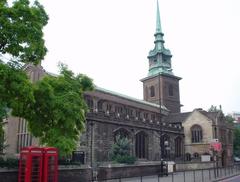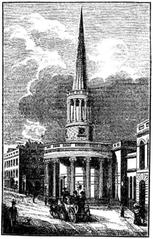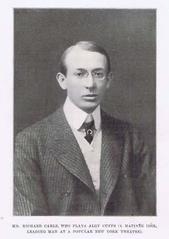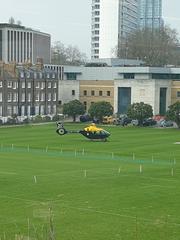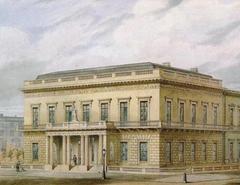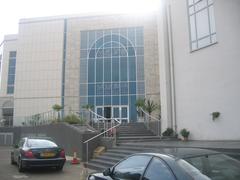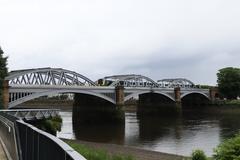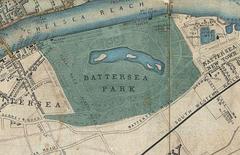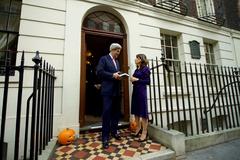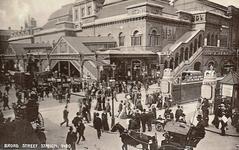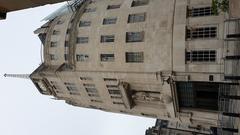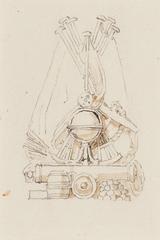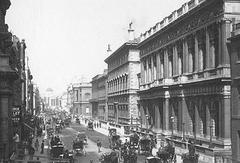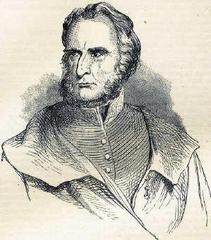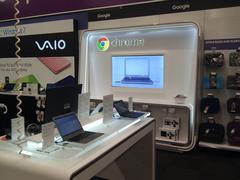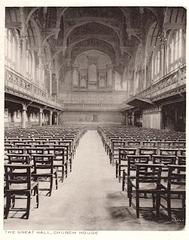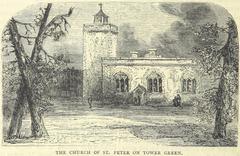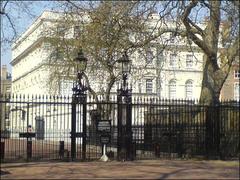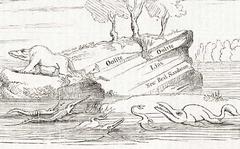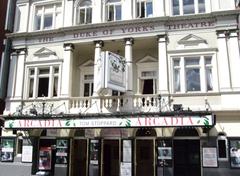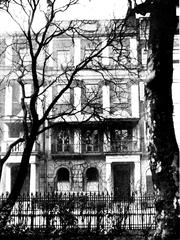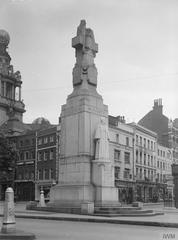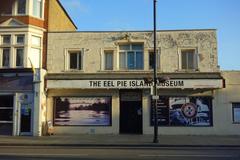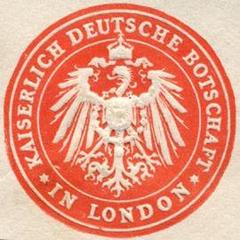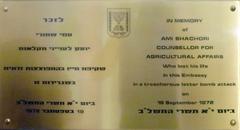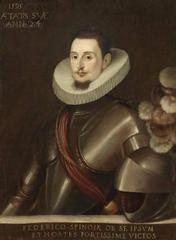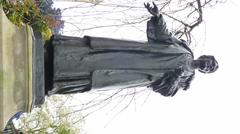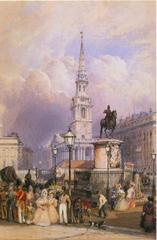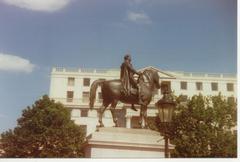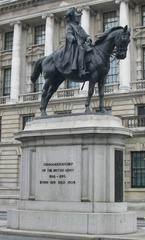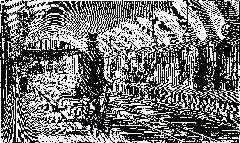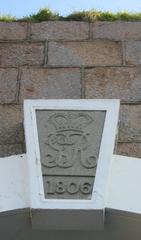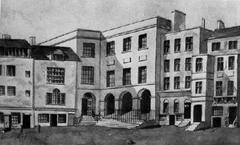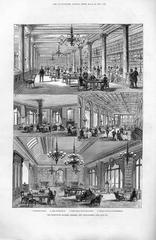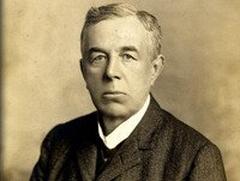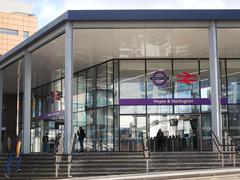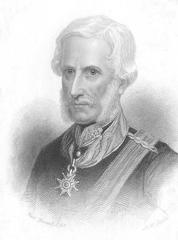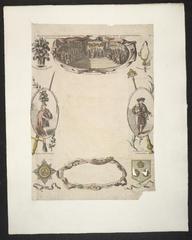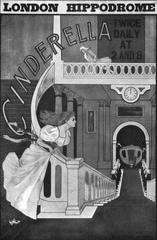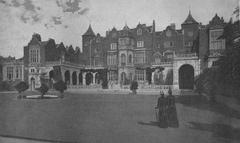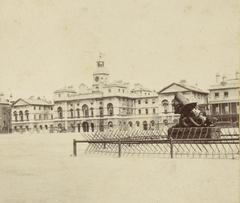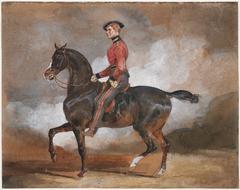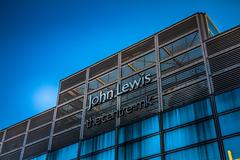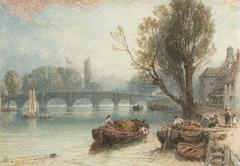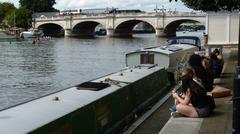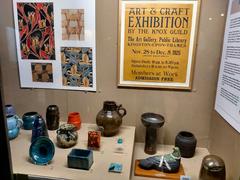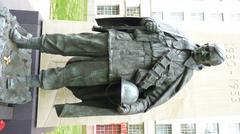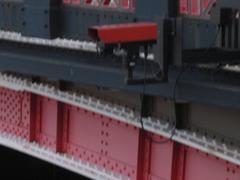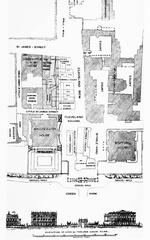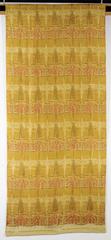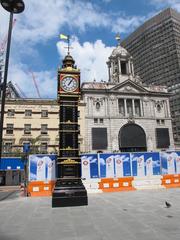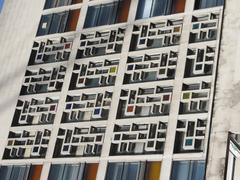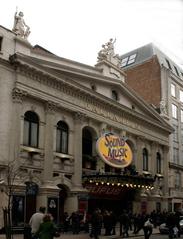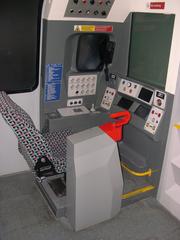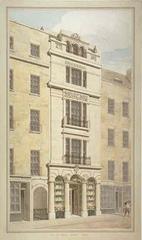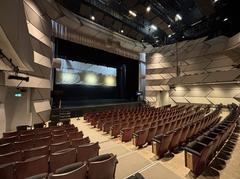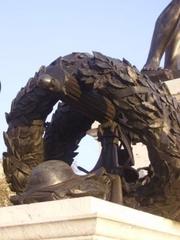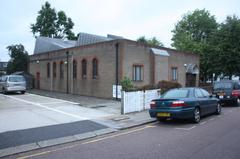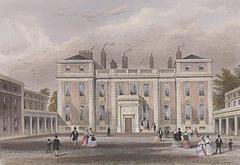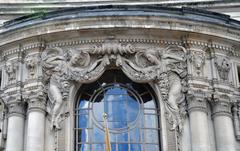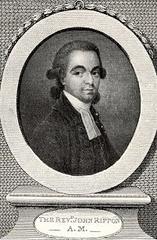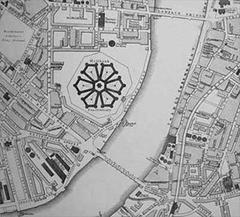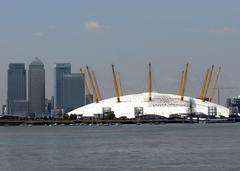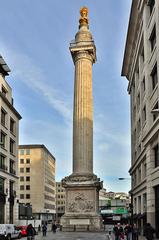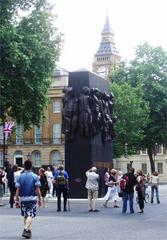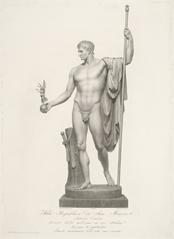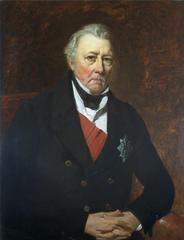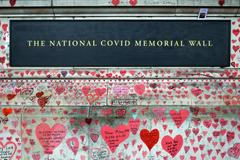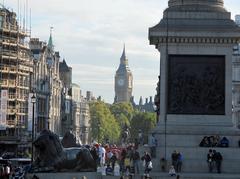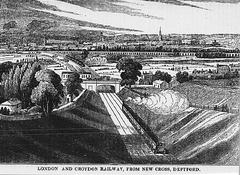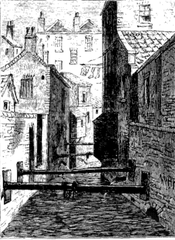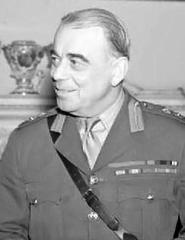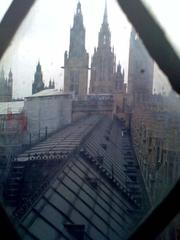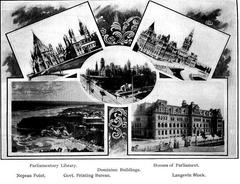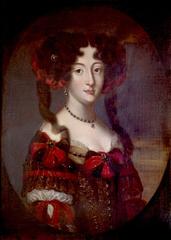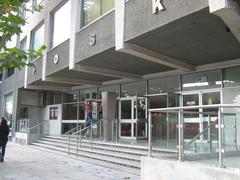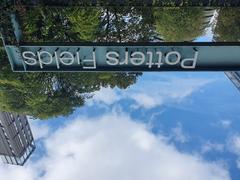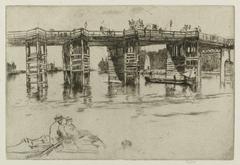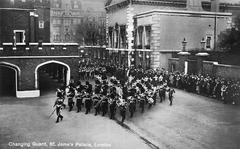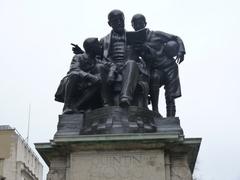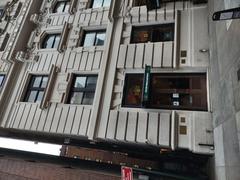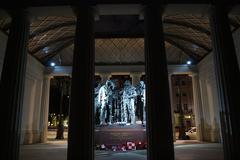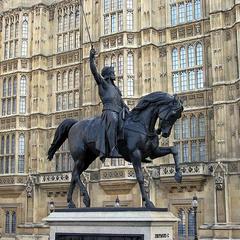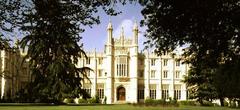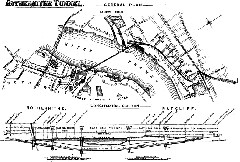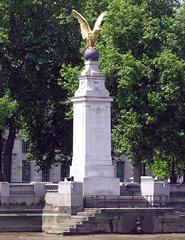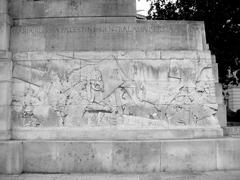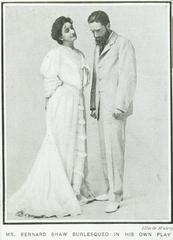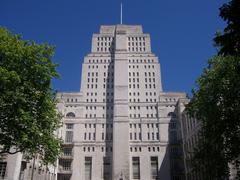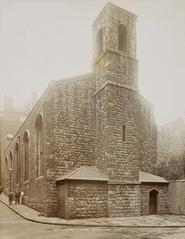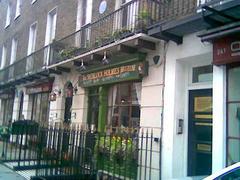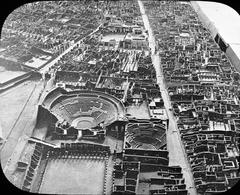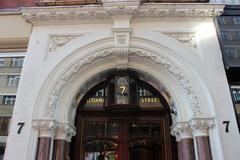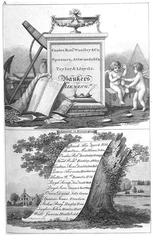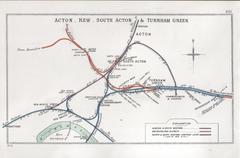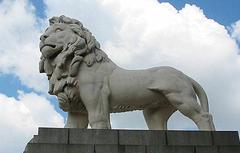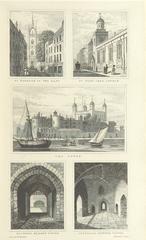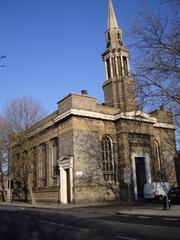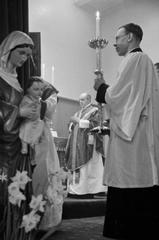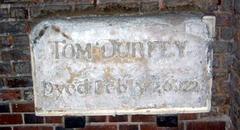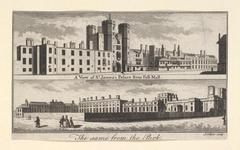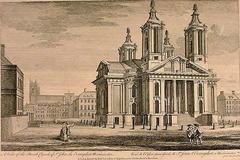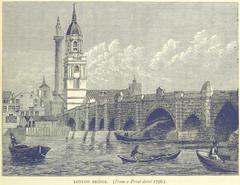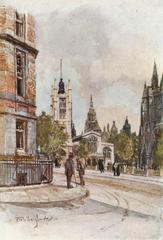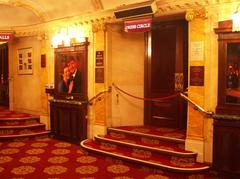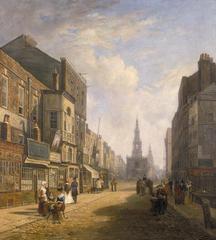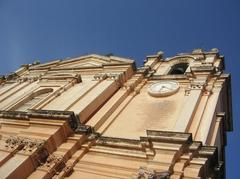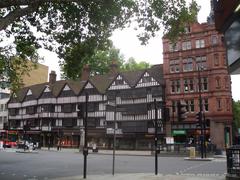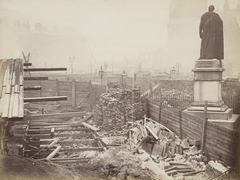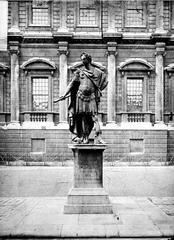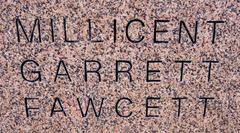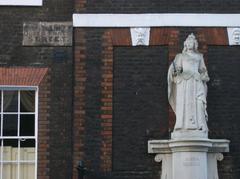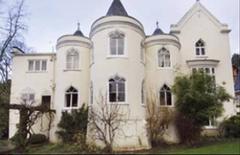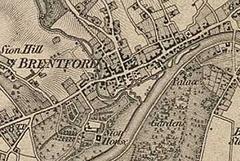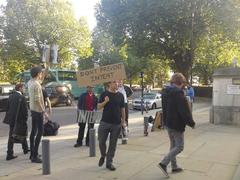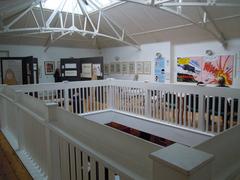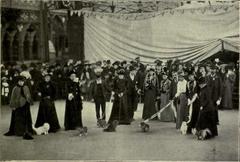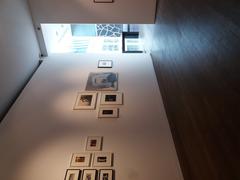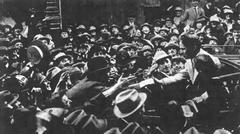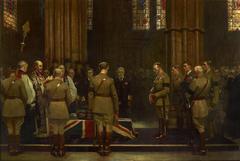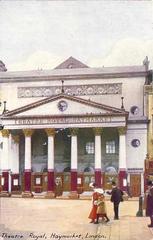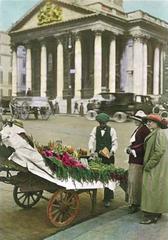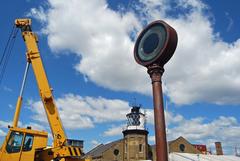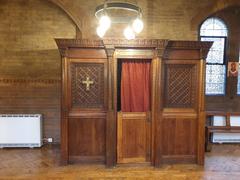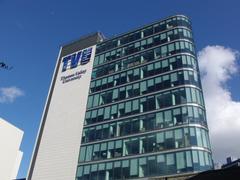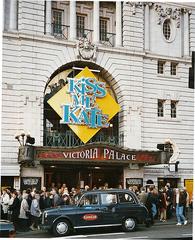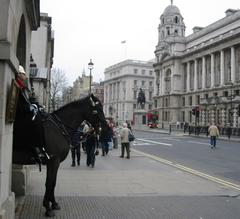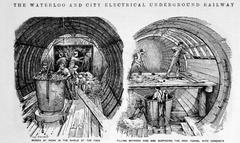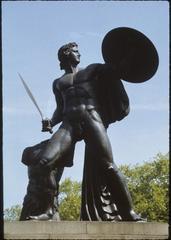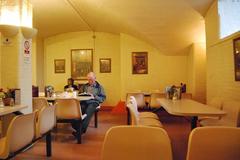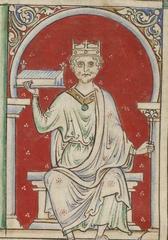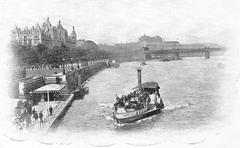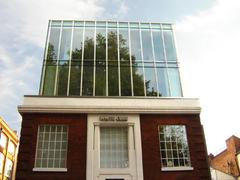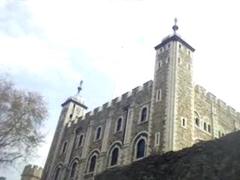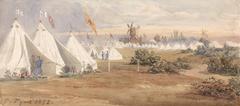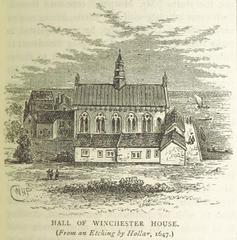Visiting Cable Street Mural in London: Hours, Tickets, and Tips
Publication Date: 17/08/2024
Introduction to Cable Street Mural
The Cable Street Mural in London stands as a powerful testament to the community’s resistance against fascism, commemorating the historic Battle of Cable Street that occurred on October 4, 1936. Located in the heart of East London, this mural is not just an artistic masterpiece but also a symbol of unity and defiance against oppression. The mural vividly captures the events of that day when anti-fascist protesters, including Jewish, socialist, anarchist, Irish, and communist groups, thwarted the British Union of Fascists’ march through the predominantly Jewish area of East London (lookup.london). Planning for the mural began in 1976, spearheaded by Dan Jones, Secretary of the Tower Hamlets Trades Council, inspired by the Royal Oaks Mural in West London. Artist Dave Binnington was initially commissioned to create this mural (Wikipedia). Despite facing numerous challenges, including vandalism and delays, the mural was eventually completed in 1983 by artists Paul Butler, Ray Walker, and Desmond Rochfort (Living London History).
Spanning approximately 3,500 square feet on the side of St George’s Town Hall, the mural uses a fisheye perspective to depict the violent confrontation between police and protesters, drawing inspiration from the social realism of Mexican muralist Diego Rivera (Wikipedia). It serves as a historical marker and an educational tool, keeping the memory of the Battle of Cable Street alive and offering insights into the social and political climate of the 1930s (National Archives). Visitors can view this stunning piece of art 24/7 without any admission fee, making it an accessible and enriching experience for all. This guide will provide you with a comprehensive overview of the Cable Street Mural, including its history, artistic elements, visiting tips, and nearby attractions, ensuring you make the most of your visit.
Discover the History, Visiting Hours, and Tips for the Iconic Cable Street Mural in London
History of the Cable Street Mural
Origins and Planning
The Cable Street Mural commemorates the Battle of Cable Street, a significant event in London’s history. On October 4, 1936, the British Union of Fascists (BUF), led by Oswald Mosley, confronted anti-fascist protesters, including local Jewish, socialist, anarchist, Irish, and communist groups. The BUF’s march through East London, a predominantly Jewish area, met fierce opposition (lookup.london). Planning for the mural began in 1976, spearheaded by Dan Jones, Secretary of the Tower Hamlets Trades Council, who was inspired by the Royal Oaks Mural in West London. Artist Dave Binnington was approached to create the mural (Wikipedia).
Creation and Challenges
The mural’s creation was complex and lengthy. Initially commissioned in 1976 to commemorate the 50th anniversary of the Battle of Cable Street, the mural faced numerous challenges, including vandalism and delays. Dave Binnington began the project in 1979 but abandoned it after repeated vandalism (Living London History). Work resumed in July 1982, with artists Paul Butler, Ray Walker, and Desmond Rochfort taking over and completing the mural in March 1983. It was officially unveiled on May 7, 1983, by Paul Beasley, Leader of Tower Hamlets Council, alongside notable figures such as Jack Jones and Tony Banks (Wikipedia).
Artistic Elements and Design
The Cable Street Mural spans approximately 3,500 square feet (330 m²) on the side of St George’s Town Hall. Created using 150 imperial gallons (680 L) of paint, the mural cost £18,000 (Wikipedia). Its design, inspired by the social realism of Mexican muralist Diego Rivera, employs a fisheye perspective to depict the violent confrontation between police and protesters. The scene includes protest banners, punches, a barricade of furniture and overturned vehicles, police horses, and even a depiction of Hitler being pantsed, despite his absence from the actual event. The mural uses artistic devices similar to Goya’s works.
Visiting Information
Visiting Hours and Tickets
The Cable Street Mural is accessible to the public 24/7, and there is no admission fee. It’s an open-air mural located on a public street, so visitors can view it at any time.
Travel Tips
- Getting There: The nearest Underground station is Shadwell (DLR and Overground), which is about a 5-minute walk from the mural. Alternatively, you can use the bus routes 100 and D3.
- Best Time to Visit: Early mornings or late afternoons are optimal for viewing the mural without large crowds. The lighting during these times also provides excellent photo opportunities.
Nearby Attractions
- St. George’s Gardens: A serene green space perfect for a relaxing stroll after viewing the mural.
- Wilton’s Music Hall: The world’s oldest surviving music hall, offering a variety of live performances.
- Whitechapel Gallery: A contemporary art gallery featuring exhibitions from world-renowned artists.
Accessibility
The mural is located on a public street and is wheelchair accessible. There are also several benches nearby for those who may need to sit and rest.
Special Events and Guided Tours
Occasionally, local historians and organizations host guided tours that include the Cable Street Mural. These tours provide in-depth information and personal anecdotes about the mural and the Battle of Cable Street. Check local listings and websites like Eventbrite for upcoming tours.
Photographic Spots
- Front View: Capture the entire mural from the opposite side of the street for a full view.
- Details: Focus on specific elements like the depiction of protesters and police for detailed shots.
Conclusion
The Cable Street Mural is a must-visit historical site in London, offering a powerful visual narrative of resistance and community spirit. Whether you’re a history enthusiast or an art lover, this mural provides a unique and enriching experience. Plan your visit today to explore this iconic piece of public art.
FAQ
Q: What are the visiting hours for the Cable Street Mural? A: The mural is accessible 24/7 as it is located on a public street.
Q: Do I need to buy tickets to see the Cable Street Mural? A: No, the mural is free to visit.
Q: How do I get to the Cable Street Mural? A: The nearest Underground station is Shadwell, which is about a 5-minute walk from the mural.
Q: Are there any guided tours available? A: Yes, occasionally local historians and organizations host guided tours that include the mural. Check local listings for details.
Q: Is the Cable Street Mural wheelchair accessible? A: Yes, the mural is located on a public street and is wheelchair accessible.
Summary and Final Thoughts
The Cable Street Mural is more than just a piece of public art; it is a poignant reminder of the power of community solidarity and the enduring fight against fascism. The mural not only commemorates a significant historical event but also serves as an educational and cultural landmark in East London. Whether you’re a history enthusiast, an art lover, or simply a visitor looking to explore the rich cultural tapestry of London, the Cable Street Mural offers a unique and enriching experience. The mural’s vibrant depiction of the 1936 Battle of Cable Street, combined with its accessibility and location amidst other notable attractions, makes it a must-visit site. As you stand before this monumental artwork, you’ll not only witness a piece of history but also feel the spirit of resistance and unity that continues to inspire generations. Plan your visit today and immerse yourself in the powerful narrative of this iconic mural. For more information and updates, consider downloading the Audiala mobile app and exploring other related posts or following us on social media.
Sources and References
- lookup.london. (n.d.). Cable Street Mural. Retrieved from https://lookup.london/cable-street-mural/
- Wikipedia contributors. (2023). Cable Street Mural. In Wikipedia, The Free Encyclopedia. Retrieved from https://en.wikipedia.org/wiki/Cable_Street_Mural
- Living London History. (2023). The Epic Battle of Cable Street Mural. Retrieved from https://livinglondonhistory.com/the-epic-battle-of-cable-street-mural/
- The National Archives. (2023). No Pasaran: The Battle of Cable Street. Retrieved from https://blog.nationalarchives.gov.uk/no-pasaran-battle-cable-street/
- NASA. (n.d.). Best Time to Visit London. Retrieved from https://travellersworldwide.com/best-time-to-visit-london/
- Transport for London. (n.d.). Plan a Journey. Retrieved from https://tfl.gov.uk/
- Travellers Worldwide. (n.d.). Is London Safe to Visit? Retrieved from https://travellersworldwide.com/is-london-safe-to-visit/
- London Walks. (n.d.). Retrieved from https://www.walks.com/
- Alternative London. (n.d.). Retrieved from https://www.alternativeldn.com/
- Visit London. (n.d.). Retrieved from https://www.visitlondon.com/
- London Mural Festival. (n.d.). Retrieved from https://www.londonmuralfestival.com/
